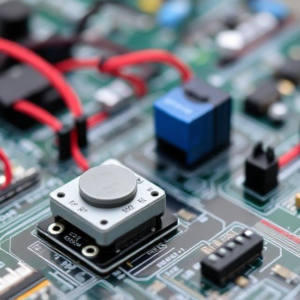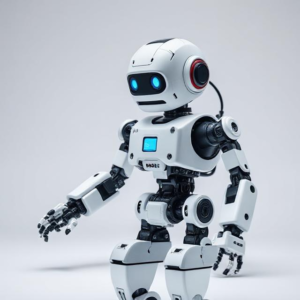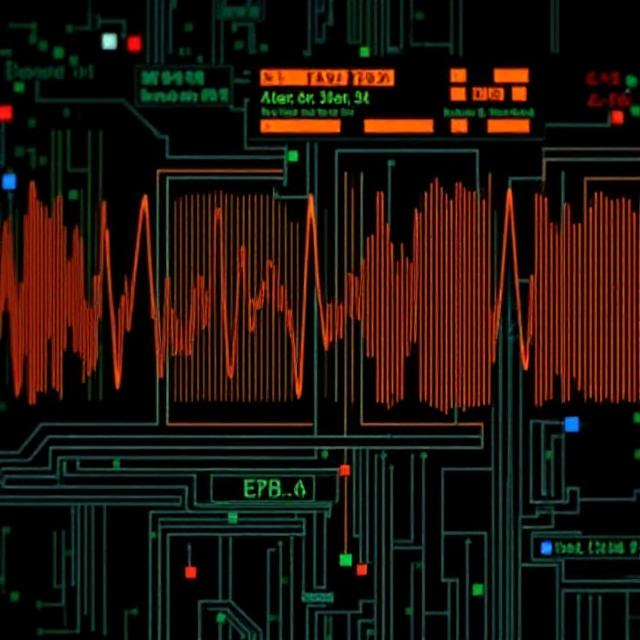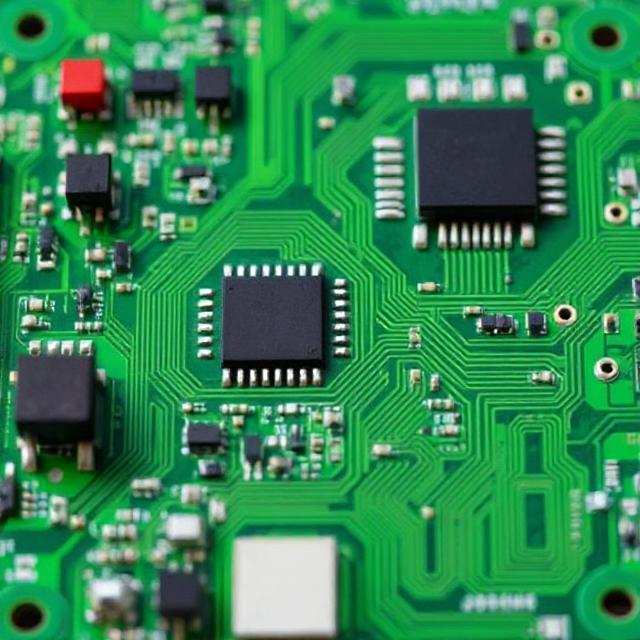What Are Sensors and Actuators?
Sensors and actuators are two important components used in many electronic systems, especially in automation, robotics, and IoT (Internet of Things) applications. They help devices sense the environment and respond to changes.
- Sensors: These are devices that detect changes in the environment (like light, temperature, motion, etc.) and convert that information into an electrical signal that can be read and processed.
- Actuators: These are devices that take the electrical signal (often from a sensor or controller) and perform a physical action in the environment, like moving, turning, or adjusting something.
In simple terms, sensors “sense” the world around them, while actuators “act” based on that information.

How Do Sensors Work?
A sensor detects a physical quantity (like heat, light, or pressure) and converts it into an electrical signal that can be read by other devices or systems.
Here’s how it works:
- Detection: The sensor detects a physical change, such as a temperature rise or a movement.
- Conversion: The sensor converts the physical change (like heat or motion) into an electrical signal, often in the form of voltage or current.
- Signal Processing: The electrical signal is then sent to a controller or processor, where it is interpreted and used to make decisions or trigger actions.
Examples of Sensors:
- Temperature Sensor: Measures the temperature and converts it into an electrical signal. For example, a thermostat in a home.
- Light Sensor: Detects the amount of light and converts it into an electrical signal. For example, automatic lights that turn on when it gets dark.
- Motion Sensor: Detects movement in a space, often used in security systems.
- Pressure Sensor: Measures pressure changes, like the tire pressure sensor in a car.
Types of Sensors:
- Proximity Sensor: Detects the presence or absence of an object without physical contact (used in automatic doors, for example).
- Humidity Sensor: Measures the moisture level in the air.
- Accelerometer: Measures the acceleration or vibration, commonly used in smartphones to detect tilting.
- Gas Sensor: Detects specific gases like carbon dioxide or smoke.
How Do Actuators Work?
An actuator takes an electrical signal (often from a sensor or controller) and performs a physical action based on that signal. Actuators usually convert electrical energy into mechanical motion.
Here’s how it works:
- Input Signal: The actuator receives an electrical signal from a sensor or a control system.
- Activation: The actuator responds by performing a specific action, like turning, moving, or adjusting something.
- Action: The physical action is completed, such as a motor moving, a valve opening, or a light turning on.
Examples of Actuators:
- Electric Motor: Converts electrical energy into rotational motion. Common in fans, robots, and even electric cars.
- Solenoid: A coil of wire that moves a metal rod when an electrical current is passed through it. Used in locks and valves.
- Hydraulic or Pneumatic Actuators: Use fluid pressure to create movement. Often used in large machinery or robotic arms.
- Servo Motor: A small motor that moves to a specific position based on a control signal. Used in robotics and cameras to adjust positions.
Types of Actuators:
- Linear Actuator: Moves in a straight line, like pushing or pulling something (used in robotic arms or automatic windows).
- Rotary Actuator: Rotates to a specific angle or position (used in motors, wheels, or valves).
- Thermal Actuator: Uses temperature changes to produce movement (used in some temperature-regulated systems).
How Sensors and Actuators Work Together
Sensors and actuators often work together in systems where sensing the environment and then acting on it is necessary.
Example 1: Automatic Lighting System
- Sensor: A light sensor detects that it is getting dark.
- Action: Based on the sensor’s signal, the system sends a signal to the actuator to turn on the lights.
Example 2: Home Heating System
- Sensor: A temperature sensor detects that the room temperature has dropped below the set level.
- Action: The actuator (a heating element or furnace) turns on to warm up the room.
Example 3: Robot Arm
- Sensor: A camera or pressure sensor detects the position of an object or the force being applied.
- Action: The actuator (a motor or servo) moves the robot arm to pick up or manipulate the object.
Real-Life Examples of Sensors and Actuators
- Smartphones:
- Sensor: Accelerometer (detects tilting and motion).
- Actuator: Vibration motor (causes the phone to vibrate when you receive a call or notification).
- Self-Driving Cars:
- Sensor: LIDAR (detects objects around the car).
- Actuator: Steering motor (adjusts the steering wheel based on the car’s surroundings).
- Home Automation:
- Sensor: Motion sensor (detects when you enter a room).
- Actuator: Fan or air conditioning (turns on when the room is occupied).
- Manufacturing Robots:
- Sensor: Vision sensor (detects objects on the assembly line).
- Actuator: Robot arm (picks up, places, or assembles parts based on sensor data).
Summary:
- Sensors detect changes in the environment (such as temperature, light, or motion) and convert that information into an electrical signal.
- Actuators take that electrical signal and perform a physical action (like moving, turning, or adjusting something).
- Sensors and actuators work together in systems like smart homes, robots, and automated machinery to sense the environment and make decisions or perform tasks.











